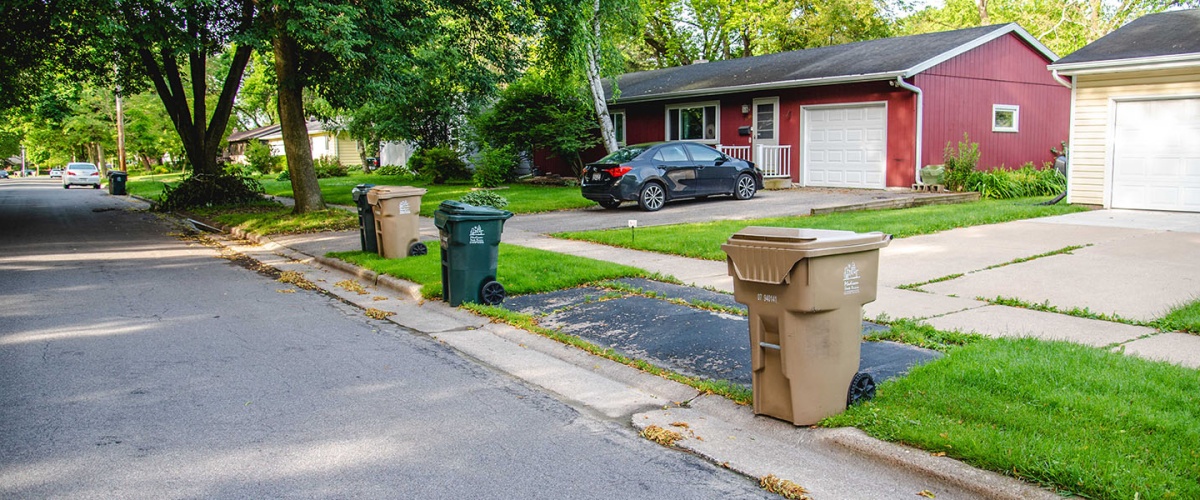
Spongy Moth
The spongy moth is an established invasive pest in Madison. In caterpillar form, it eats leaves off trees, causing defoliation. It thrives during dry conditions.

Why the Spongy Moth Matters
The defoliation is troubling to see, especially when its beautiful mature oaks and other beloved trees go from full canopies to losing leaves to these ravenous invasive caterpillars.
Unlike the emerald ash borer, the caterpillar is not fatal to trees by itself.
Losing leaves adds a lot of stress to trees. If you add this stress on top of other problems trees face, like drought conditions, issues with our changing climate, problems with other pests, or repeated defoliation from this caterpillar, then it gets harder for a tree to recover.
New Name for an Old Pest
In 2021, this moth's name was changed by the Entomological Society of America as part of their Better Common Names Project.